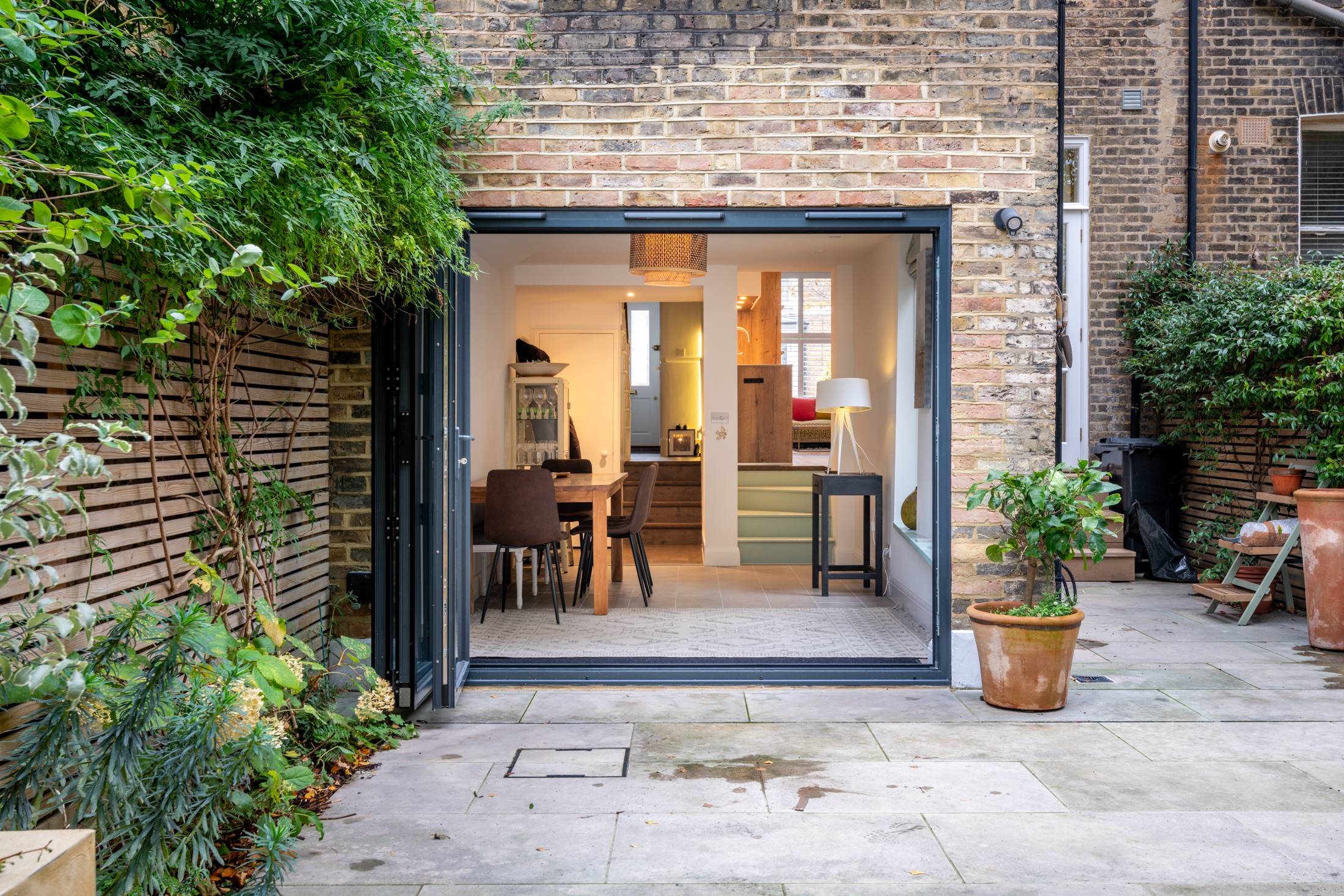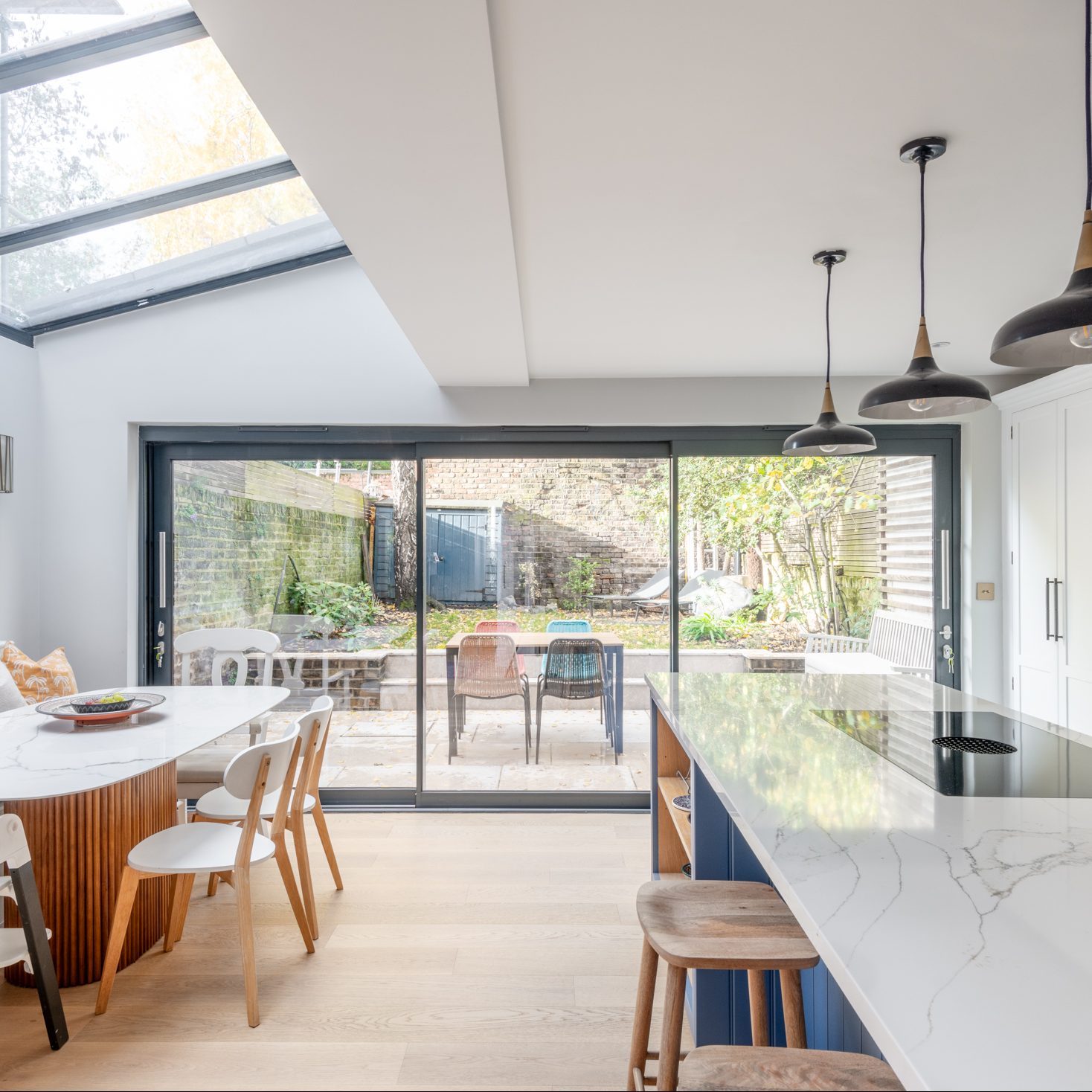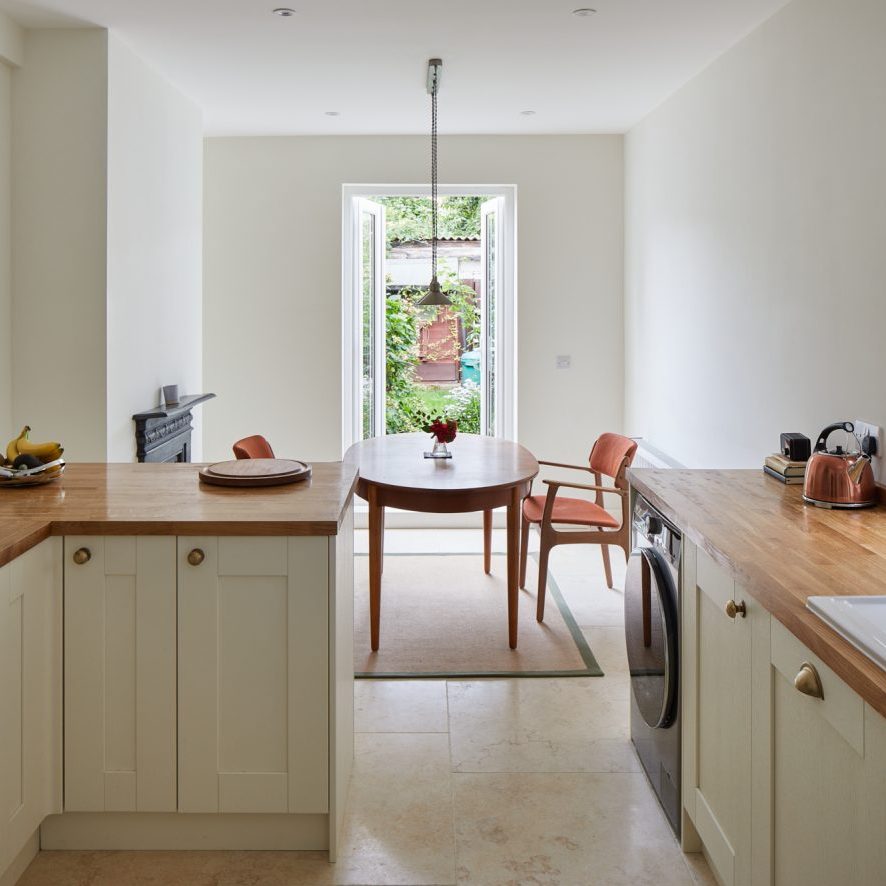Energy-Efficient Materials: A Strategic Approach to Long-Term Savings

Introduction
In the context of modern homeownership in London, the thoughtful selection and application of energy-efficient materials stand out as a pivotal choice. Integrating sustainable practices through these materials not only demonstrates a commitment to environmental conservation but also serves as a financially strategic approach, delivering tangible long-term savings.
Section 1: Green Materials and Financial Considerations
Though the initial investment in energy-efficient materials, such as superior insulation and high-performing windows, may be more pronounced, the subsequent reduction in energy consumption ensures a gradual and consistent return on investment. This translates to a consistent decrease in utility bills, positioning the homeowner to recoup and ultimately save money over the property’s lifespan.
Section 2: Renewable Energy: An Investment Towards Autonomy
The incorporation of renewable energy solutions, such as solar panels and wind turbines, offers more than an environmental contribution. While recognising the upfront costs, it’s imperative to consider the subsequent reduction in energy expenditures and the potential to generate revenue through the exportation of surplus energy back to the grid. The long-term financial implications of these systems present a compelling case for their inclusion in residential properties.
Section 3: Durability and Maintenance of Sustainable Materials
Choosing energy-efficient materials like LED lighting and sustainable concrete often yields a two-fold benefit: durability and reduced maintenance. Their longevity minimises the frequency of replacements, and their typically lower maintenance requirements present ongoing cost-saving opportunities. This means that homeowners will find themselves dealing with fewer unexpected repair costs and disruptions over time.
Section 4: Evaluating Immediate Costs Against Future Savings
A considered examination of energy-efficient materials involves assessing initial costs against the myriad of benefits that unfold over time. Homeowners are encouraged to explore comprehensive cost analyses, balancing the upfront financial commitments against prospective energy savings, potential financial incentives, and the broader, invaluable impact of ecological preservation.
Conclusion
Employing energy-efficient materials in home projects constitutes more than an environmentally responsible decision; it also strategically positions the homeowner for financial benefits in the long term. The reduction in ongoing costs, potential for revenue generation, and the alignment with environmental conservation form a compelling narrative for the thoughtful incorporation of these materials in modern residences. Here’s to creating homes that are as considerate to our financial frameworks as they are to our planet.




